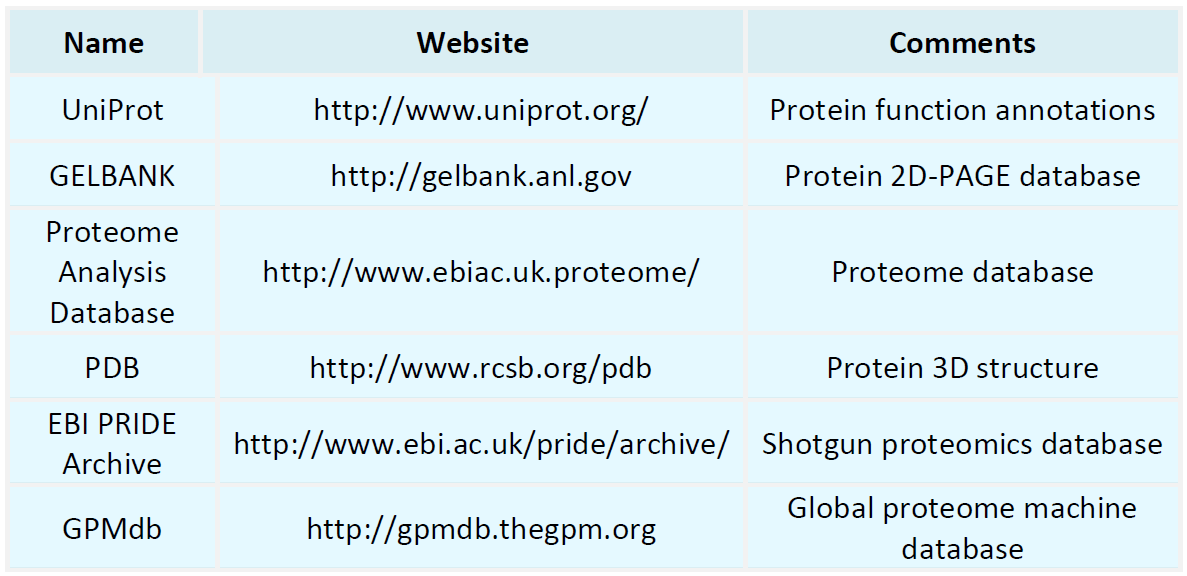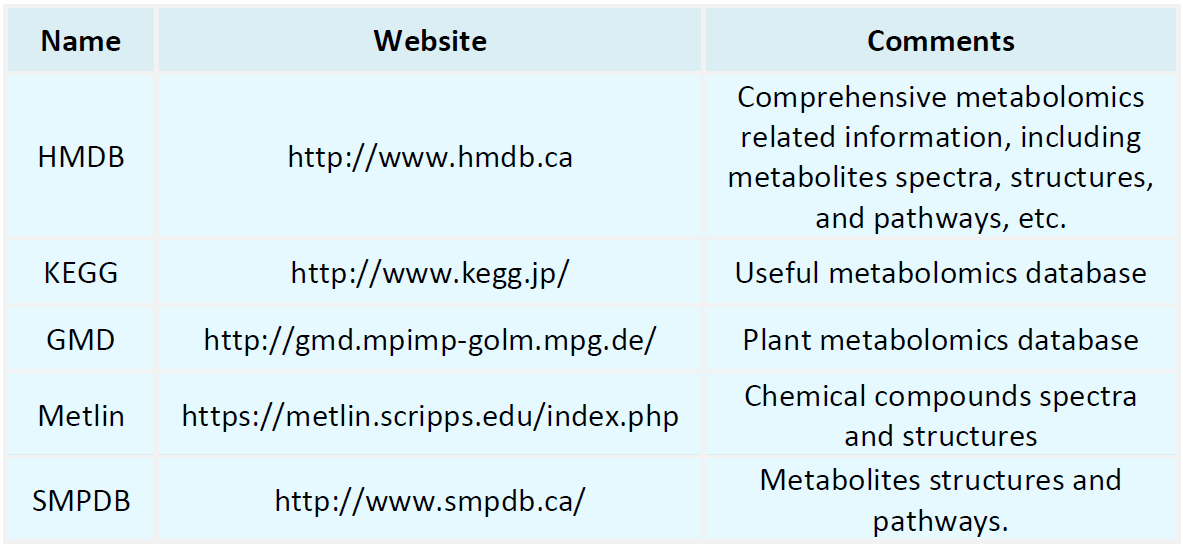Resources
Proteomics Databases

Metabolomics Databases

-
In structural biology and protein research, Circular Dichroism (CD) spectroscopy represents a key technique widely employed for secondary structure determination, monitoring conformational transitions, and assessing thermal stability. CD spectroscopy provides a rapid and non-destructive approach to probing protein folding states. However, accurate interpretation of CD data critically depends on computational tools and algorithms. Among the most widely used platforms for CD data analysis are BeStSel and.....
-
• A Comprehensive Analysis of CD Spectroscopy Methods for Studying the Protein Folding Process
Protein folding is among the most fundamental yet complex processes in biology. Correct folding ensures that proteins acquire specific three-dimensional structures and biological functions, whereas misfolding can result in a range of pathological conditions, including Alzheimer’s disease and prion-related disorders. In structural biology and drug discovery, real-time monitoring of protein folding states is a critical approach for elucidating functional mechanisms and optimizing molecular stability. Ci......
-
Glycoproteins are widely distributed across various biological systems and play essential roles in processes such as cell recognition, signal transduction, and immune regulation. Their structural complexity primarily arises from the diversity of glycan moieties and the distribution of modification sites, which poses significant challenges for glycoprotein structure characterization. Among the available structural analysis techniques, Circular Dichroism (CD) spectroscopy has been extensively employed for....
-
Cells are the fundamental units of biological processes; however, even genetically identical cells within the same environment can display substantial functional differences. Such intercellular heterogeneity is recognized as having critical biological significance in research fields including cancer, immunology, and developmental biology. In recent years, single cell RNA sequencing has advanced rapidly, and Tandem Mass Tag (TMT) labeling has emerged as a widely adopted core strategy for quantitative .......
-
• Protein Structure Identification: A Complete Guide from Sequence to Structure
Proteins play central roles in cellular functions, and their structures provide the essential basis for functional realization. Understanding the three-dimensional architecture of proteins not only facilitates elucidation of their molecular mechanisms but also constitutes a critical prerequisite for target discovery, drug screening, and disease mechanism studies. With the rapid advancements in bioinformatics and structural biology, the prediction and identification of protein structures from amino acid ....
-
• What Exactly Is the Protein Primary Structure? Understanding the Importance of Amino Acid Sequence
Proteins are fundamental biomolecules that execute a wide array of functions within cells. They participate in virtually all biological processes, including catalysis, signal transduction, structural support, molecular transport, and immune recognition. Despite the existence of thousands of protein species, all share a common essence: a polypeptide chain composed of the 20 standard amino acids arranged in a specific order. This arrangement constitutes the protein primary structure. In protein science, the..
-
Protein structure dictates its function, with secondary structure serving as the fundamental element of the three-dimensional architecture. It plays a critical role in elucidating protein folding pathways, functional states, and interactions with ligands. Circular Dichroism (CD) spectroscopy, owing to its operational simplicity and minimal sample requirement, has been widely employed for the rapid characterization and dynamic monitoring of protein secondary structures. Principles of Circular Dichroism .....
-
• Principles and Experimental Design of Circular Dichroism (CD) Spectroscopy Analysis
Circular Dichroism (CD) spectroscopy is a technique that measures the differential absorption of left- and right-circularly polarized light by chiral molecules. It is widely employed to investigate the conformational properties of biological macromolecules such as proteins and nucleic acids. This paper describes the fundamental principles of Circular Dichroism spectroscopy analysis, essential considerations in experimental design, and its significance in life science research. Overview of Circular ......
-
• Differences and Applications of Far-UV and Near-UV CD Spectroscopy in Protein Structure Research
Circular Dichroism (CD) spectroscopy is a sensitive and non-destructive analytical technique widely employed in protein structure research. Depending on the measurement wavelength, CD spectra are categorized into far-ultraviolet (Far-UV, 190–250 nm) and near-ultraviolet (Near-UV, 250–320 nm) regions, each offering distinct advantages for probing different levels of protein structure. This paper systematically outlines the primary differences between these two CD techniques and highlights representative ....
-
• CD vs NMR vs X-ray: Which Structural Analysis Method is Right for You?
In life sciences research and pharmaceutical development, the structural characterization of biological macromolecules plays a pivotal role. Among the most widely employed techniques are Circular Dichroism (CD), Nuclear Magnetic Resonance (NMR), and X-ray Crystallography, each offering distinct advantages suited to specific experimental contexts. This review outlines the selection criteria for these methods in terms of resolution, sample requirements, applicability, and experimental timeframe.
How to order?







